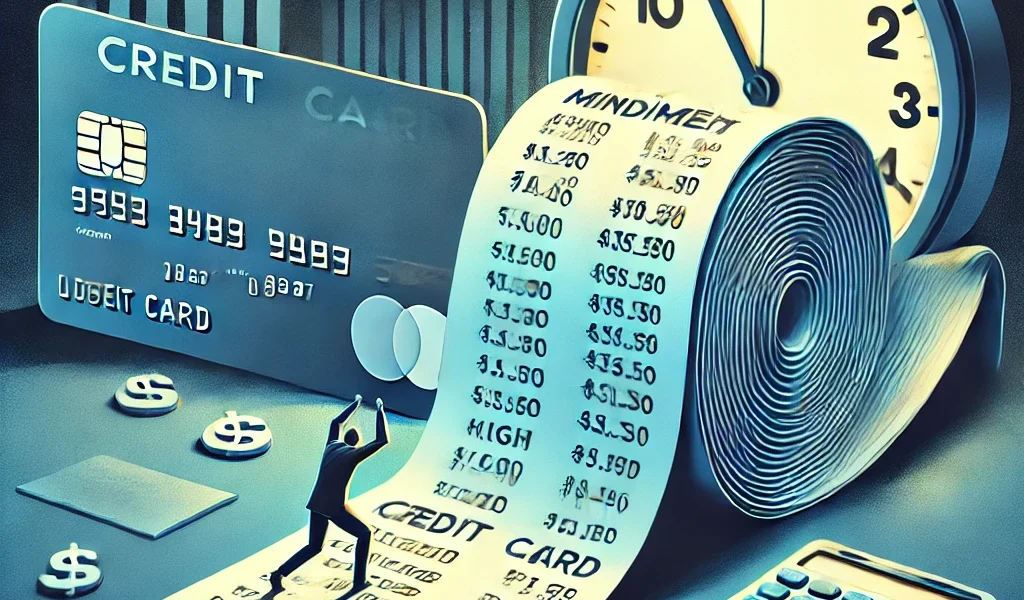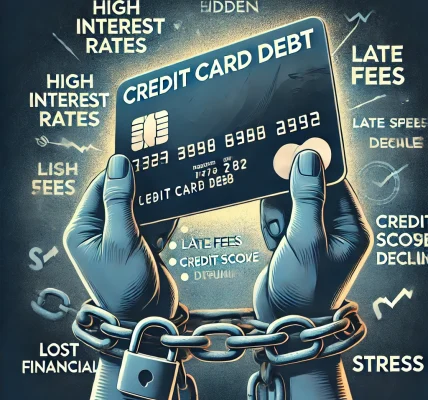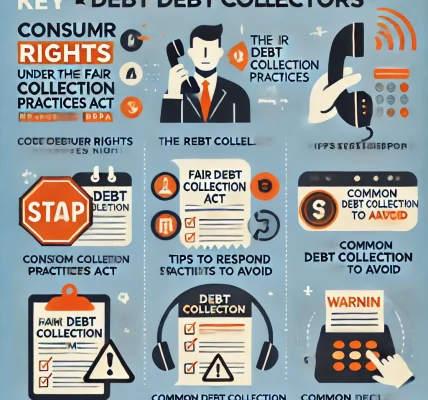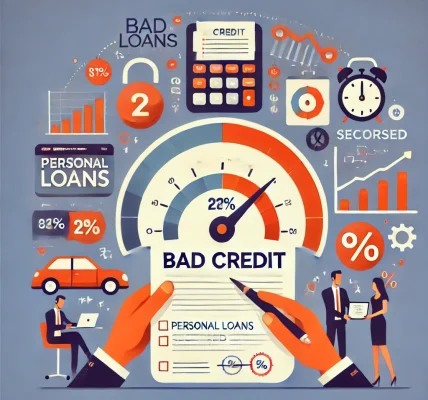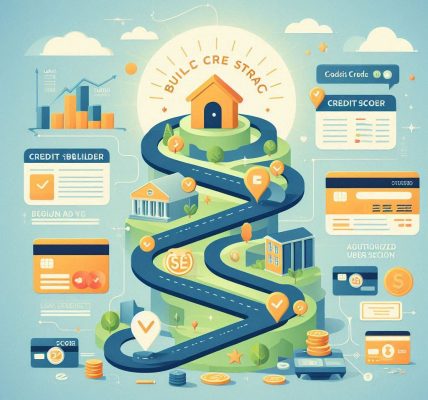Credit cards offer convenience and financial flexibility, but they can also become a costly burden if not managed properly. One of the biggest pitfalls of using credit cards is relying on minimum payments. While paying only the minimum amount due may seem like a manageable way to handle debt, it can lead to prolonged repayment periods, excessive interest charges, and financial instability.
In this DIY guide, we’ll break down how minimum credit card payments work, uncover their hidden costs, and explore smart strategies to avoid falling into the debt trap.
1. Understanding Minimum Credit Card Payments
The minimum payment is the smallest amount your credit card issuer requires you to pay each month to keep your account in good standing. Typically, this amount is calculated as:
- A fixed percentage of your total balance (usually 1% to 3%) plus interest
- A flat amount, often around $25–$35, if your balance is low
- The sum of any fees, penalties, and accrued interest
While making the minimum payment ensures you avoid late fees and negative marks on your credit report, it does little to reduce your actual debt. Instead, it extends your repayment period and increases the amount of interest you pay over time.
2. The Hidden Costs of Paying Only the Minimum
Relying on minimum payments may seem like an easy way to manage your credit card balance, but the long-term financial consequences can be severe.
a) Prolonged Repayment Periods
When you make only the minimum payment, most of your money goes toward interest rather than the principal balance. This means it can take years to pay off even a modest balance.
Example:
- Balance: $5,000
- APR: 18%
- Minimum Payment: 2% of the balance ($100 initially, decreasing over time)
- Total Repayment Time: Over 30 years
- Total Interest Paid: More than $9,000 in interest alone
b) Massive Interest Charges
Credit card interest is compounded daily, meaning you pay interest on interest. The less you pay toward your principal balance each month, the longer your debt lingers and the more interest you accumulate.
c) Debt Cycle Trap
By only making minimum payments, you may never fully pay off your balance—especially if you continue making new purchases. This leads to a vicious cycle of debt that becomes harder to escape over time.
d) Negative Impact on Your Credit Score
While making minimum payments keeps your account in good standing, a high outstanding balance negatively affects your credit utilization ratio—a major factor in your credit score. A high utilization ratio (above 30%) can lead to lower credit scores and difficulty securing future loans.
3. How to Avoid the Minimum Payment Trap
Now that you understand the dangers of minimum payments, let’s explore practical strategies to escape or avoid this financial trap.
a) Pay More Than the Minimum
Even a small increase in your monthly payment can significantly reduce your interest charges and repayment period. If possible, aim to pay at least double the minimum payment or more.
b) Use the Snowball or Avalanche Method
- Snowball Method: Pay off smallest balances first, then roll those payments into larger debts.
- Avalanche Method: Prioritize paying high-interest debt first, then move to lower-interest debts.
Both methods help you eliminate debt faster and save on interest.
c) Make Biweekly Payments
Instead of making one monthly payment, split your payments into biweekly installments. This reduces interest accumulation and helps pay down your balance quicker.
d) Avoid New Charges Until You Pay Off Your Balance
If you’re already struggling with credit card debt, stop using your credit card for new purchases until you have paid down a significant portion of your balance.
e) Consider a Balance Transfer Credit Card
If you have high-interest credit card debt, consider transferring your balance to a credit card with a 0% introductory APR. This allows you to pay off your debt without accumulating interest during the promotional period (usually 12–18 months). Be sure to:
- Check for balance transfer fees (usually 3-5%).
- Pay off the balance before the promo period ends to avoid higher interest rates.
f) Negotiate a Lower APR with Your Credit Card Issuer
Sometimes, simply calling your credit card issuer and requesting a lower interest rate can work. Be polite, highlight your good payment history, and mention competitor offers to increase your chances of success.
g) Automate Payments to Avoid Late Fees
Set up automatic payments to ensure you never miss a due date, avoiding penalty APRs that could make your debt even more expensive.
h) Seek Professional Help if Needed
If you’re overwhelmed with debt, consider speaking with a credit counselor. Nonprofit credit counseling agencies can help you create a repayment plan and negotiate better terms with your creditors.
4. Common Myths About Minimum Payments
Myth #1: Minimum Payments Are Enough to Get Out of Debt
Reality: Paying only the minimum will keep you in debt for years or even decades, costing you thousands in interest.
Myth #2: If I Make Minimum Payments, My Credit Score Will Stay Perfect
Reality: While making minimum payments prevents late fees, carrying a high balance negatively impacts your credit utilization ratio, which can lower your credit score.
Myth #3: Credit Card Companies Encourage Minimum Payments for My Benefit
Reality: Lenders make money from interest. Encouraging minimum payments allows them to maximize profit at your expense.
Myth #4: I Can’t Pay More Than the Minimum Because It’s Too Expensive
Reality: Even small extra payments, like $10–$20 more each month, can dramatically reduce your repayment time and interest costs.
5. Legal Protections Against Credit Card Debt Traps
Consumers have rights when it comes to credit card debt. Some important protections include:
- CARD Act of 2009: Requires credit card issuers to disclose how long it will take to pay off debt if only minimum payments are made.
- Fair Credit Billing Act: Protects against unfair billing practices and errors.
- Truth in Lending Act: Ensures transparent disclosure of interest rates and fees.
Always read your credit card terms carefully to understand how your issuer calculates minimum payments and interest charges.
Conclusion: Take Control of Your Credit Card Debt
Minimum payments may seem like an easy solution, but they are often a financial trap designed to keep you in long-term debt. The best way to avoid excessive interest and prolonged repayment periods is to pay more than the minimum, create a solid debt repayment strategy, and use credit wisely.
By taking proactive steps—like negotiating a lower APR, making extra payments, and using smart repayment methods—you can break free from the cycle of minimum payments and achieve financial independence.
